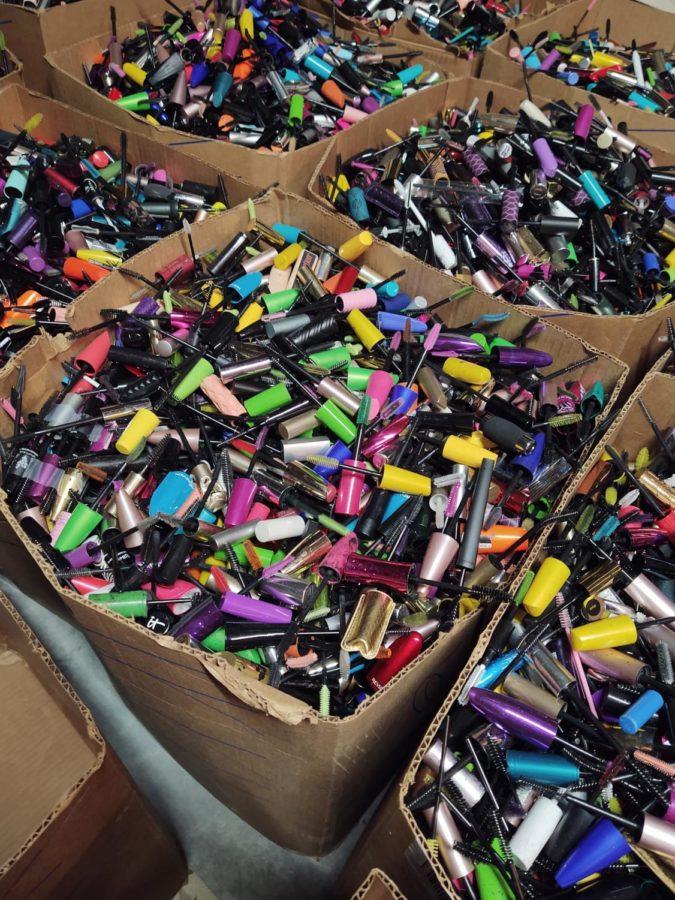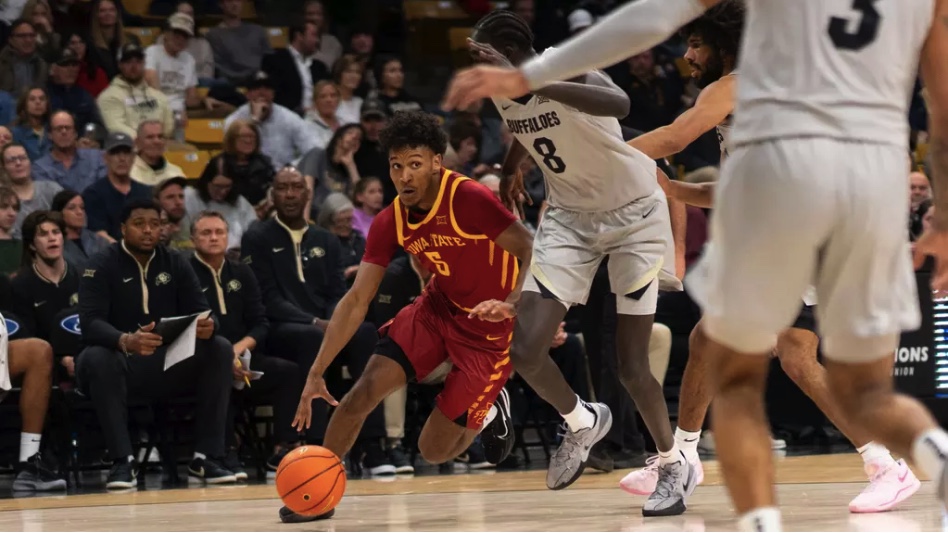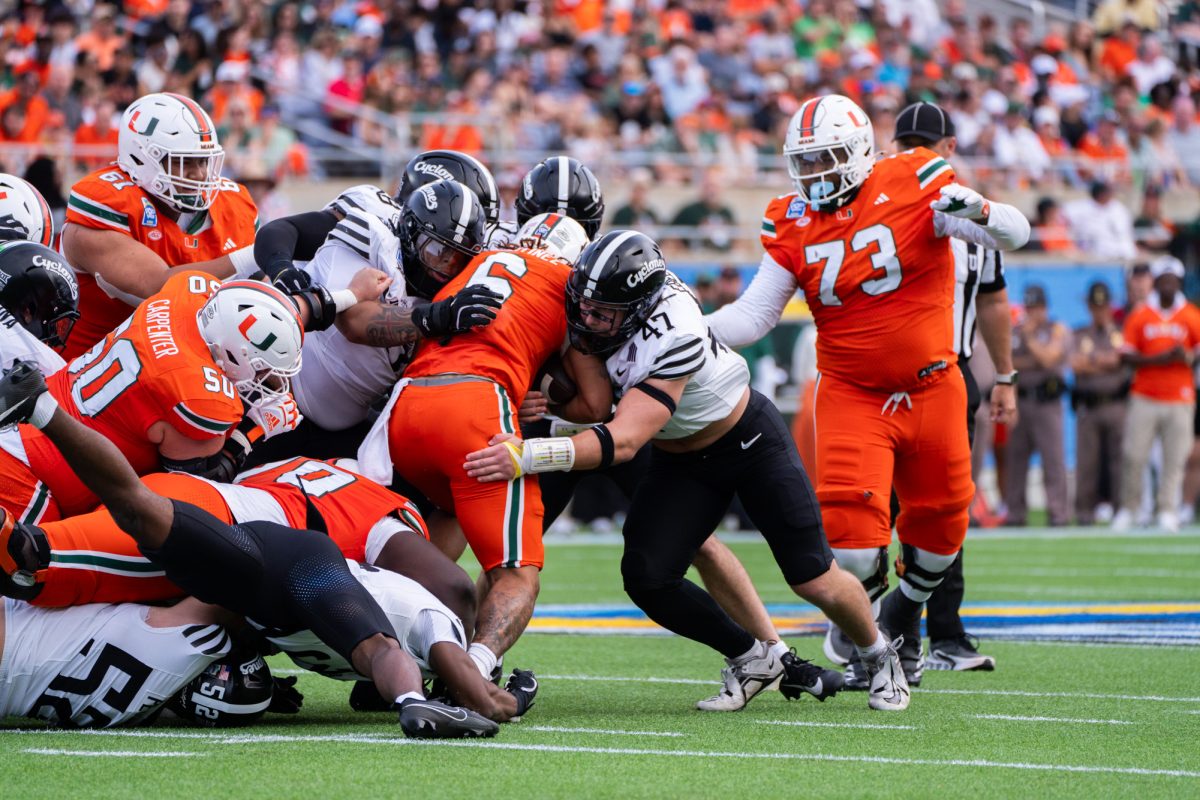Two organizations work to recycle beauty and fashion materials
October 14, 2021
The average American produces more than 1,700 pounds of waste a year. Creating waste is inevitable; however, finding ways to reduce that number is not only beneficial for our Earth but can also be helpful to the communities around us.
Executive director of Wands for Wildlife Kimberly ‘Tashi’ Brewster and Professor Rachel Eike of Iowa State have taken steps to address this problem and approach recycling this “waste” in a sustainable way.
They have each separately found ways to recycle old beauty and fashion products that are about to be thrown away and given them a new purpose.
Wands for Wildlife
Wands for Wildlife is a non-profit organization that collects and distributes supply kits and resource guides to wildlife rehabilitation facilities and home-based rehabilitators. Their mission is to educate and provide tools to caregivers who are passionate about helping injured animals.
Operated by Kimberly Brewster, Wands for Wildlife has a strong focus on helping animals while also benefiting the environment. Brewster had always been mindful about being sustainable and getting the most out of every product, so she wanted to carry that mindset into her organization.
Everything was set and ready to go in the process of opening the Wands for Wildlife foundation building; however, Brewster was concerned about one thing.
“I knew we had enough money to open it, but I didn’t know how we were going to stock it,” Brewster said. “I did not know how we were going to have all the supplies that we needed.”
However, a viral Facebook post was about to change that.
After posting an informational post about how old mascara wands can be used to clean dirt and grime off of rescued animals, thousands of people reacted and started asking where to send their old mascara wands.
In addition, Brewster said that after the post went viral, “We had people buying everything off of our wishlist, and all of a sudden, I have this facility stocked with all the supplies.”
Mascara wands were coming in by the thousands, and they were able to be put into kits to help rehabilitate animals and potentially save their lives. Also, her wish to stay sustainable had been fulfilled. Wands for Wildlife included a product deemed as waste in their kits that were being sent around the world.
“What really moved me the most is when we sent packs out to Australia for the wildfires, and then when we sent them to California for the wildfires,” Brewster said. The mascara wands were able to clear soot from birds’ beaks and unclog the debris safely and softly.
A video of Antler Ridge Wildlife Sanctuary in New Jersey shows one of 78 facilities across the country that received a Wildlife Caregiver Resource Kit this year.
The video shows a squirrel being brushed with a donated wand to remove dirt from its fur.
Wands for Wildlife is currently on hold for receiving wands because of the abundance of inventory they have at the moment. They are not letting the remainder go to waste, however.
“Surplus wands are going to be used to create pieces of art,” said Brewster. “We have a turtle that a camp put together. We have adults putting things together.”
‘Wanderful to Fly’ is a mural created by the Asheville High National Art Honor Society using 2,000 mascara wands that were donated to Wands for Wildlife.
This organization is doing good for the environment by repurposing a product that many people throw away without any thought. Wands for Wildlife’s biggest takeaway for Brewster, however, has a more heartfelt message.
“I think the thing that gives me the most satisfaction in doing this is knowing that it is creating and encouraging empathy in the world.”
Iowa State Textile Shredder
Hitting closer to home, Iowa State is also taking steps to account for a more sustainable environment and campus.
Rachel Eike, assistant professor in the apparel, merchandising and design program in the College of Human Sciences, took it upon herself to repurpose the waste of leftover textile scraps in the design lab.
“I was appalled by how much fabric waste there is just in our design studios that was getting sent directly to the landfill. I was like, there’s so much potential here,” said Eike.
Because most of the textile waste in the studio was unbleached one hundred percent cotton, Eike knew that this waste could be composted and completely recycled.
She and a couple of other students interested in sustainability got in contact with the recycling director at Iowa State, who was currently working on a process to recycle cardboard from campus buildings to use as bedding for cows in the beef nutrition facility.
“I was like, well, can we add our textiles to it? They’re essentially the same thing,” said Eike.
It turns out they are essentially the same thing. The textile waste from the design lab was shredded and combined with the shredded cardboard to create beautifully blended bedding for the cows.
That is not the end of it, though.
“Once it is done at beef nutrition, it goes through the composting facility and then the composting facility sends it back to campus in the form of landscaping fertilizer.”
The compost is used for flower beds and landscaping, but it also goes onto the farming fields for the students studying agriculture at Iowa State. The whole university benefits from the recycling of textile waste, and that was Eike’s main mission.
“My goal was that if we’re going to produce that waste, we also need to figure out what we’re going to do with it to close that loop.”
Eike also helps close that loop by using solely material scraps to create all new clothes; she has not purchased any new textile materials or fabric since graduate school to make her garments.
The textile shredder is located in the loading dock in LeBaron Hall. If you have any old, one hundred percent cotton t-shirts that you would like to donate to be shredded and used for bedding and compost, contact Rachel Eike at [email protected] to confirm a drop-off location.







